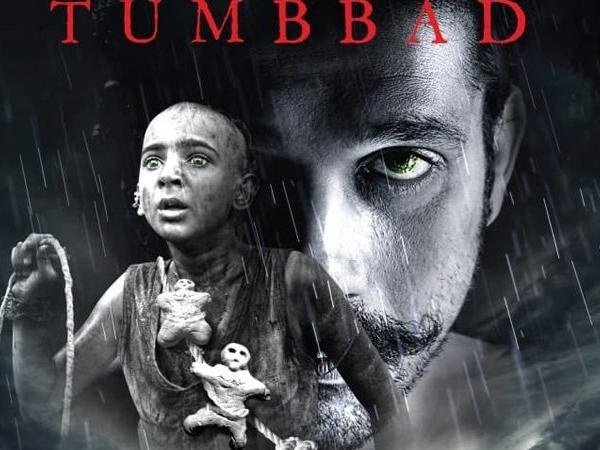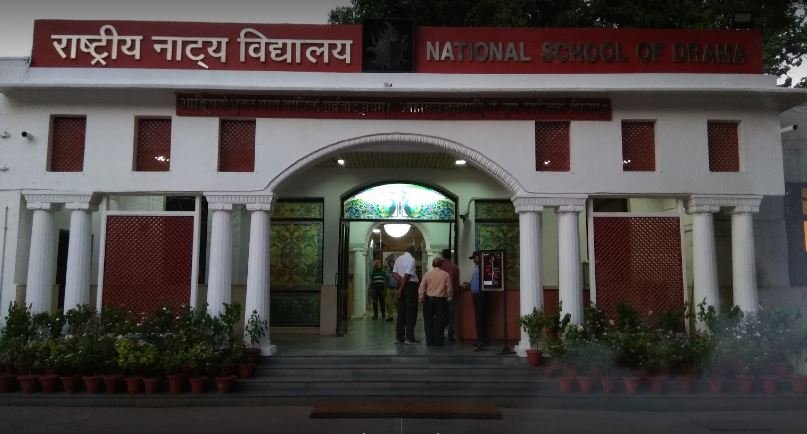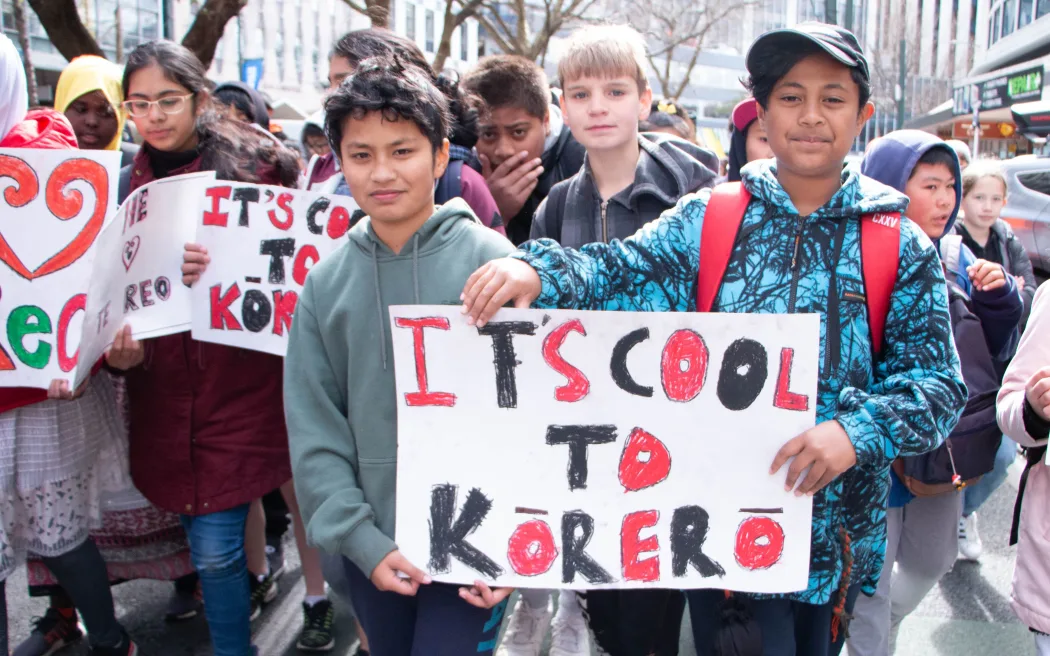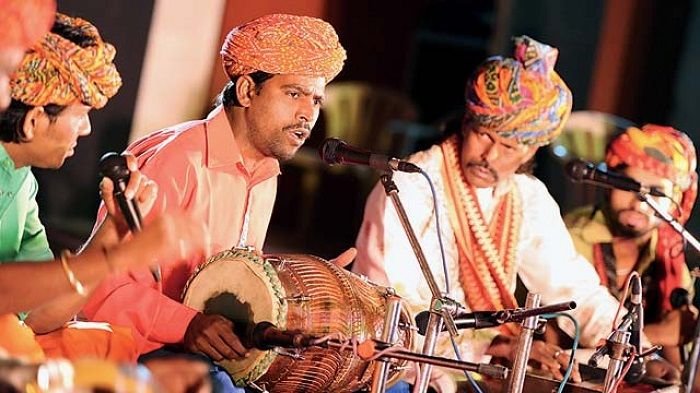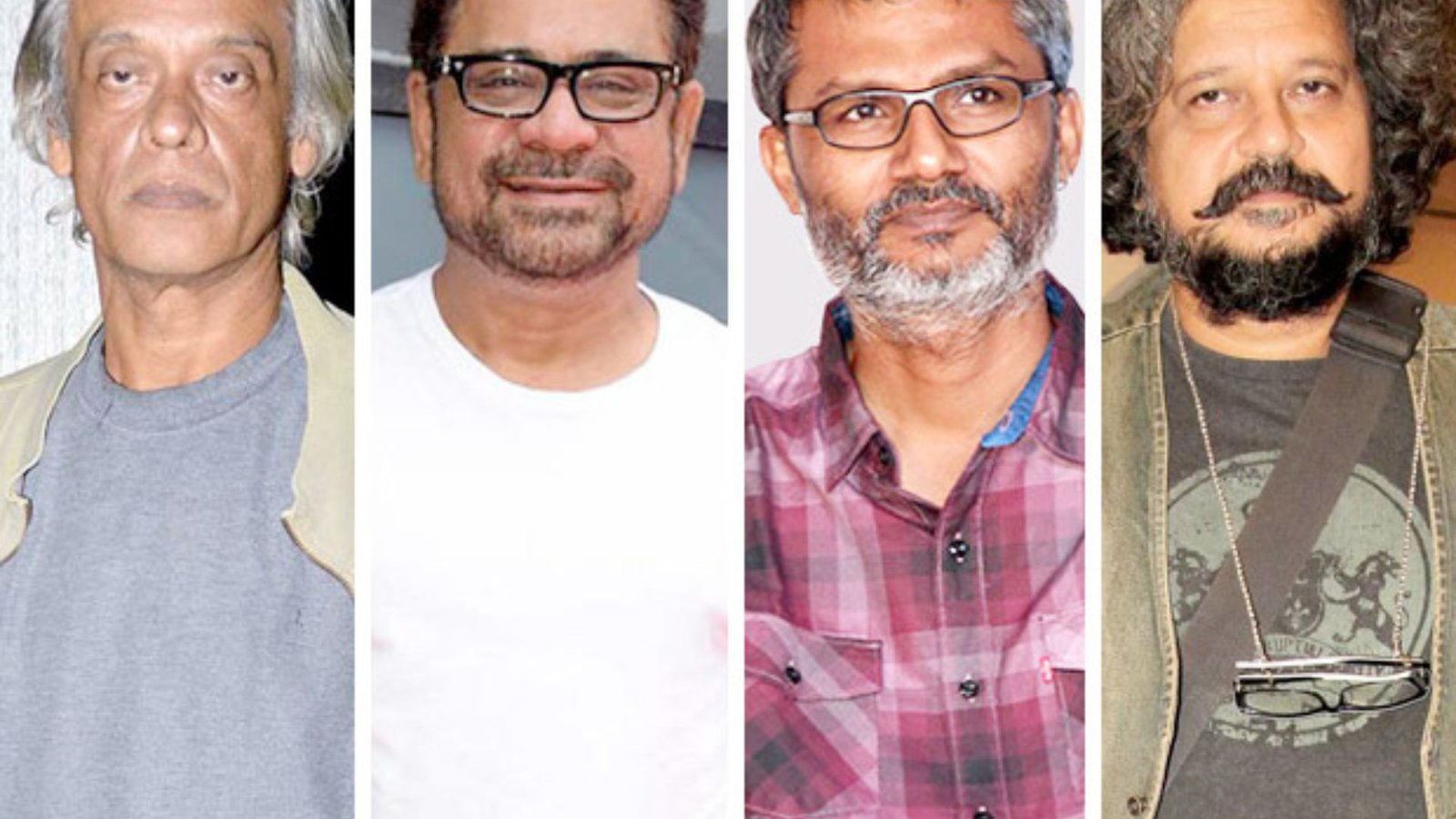How to Explore Cinema Genres
Exploring cinema genres opens up a diverse world of storytelling techniques and styles. Understanding different cinema genres can enhance your appreciation of films and broaden your viewing experience. This article will guide you through the process of exploring cinema genres, offering insights into their unique characteristics and how they influence film narratives. Understanding Cinema Genres … Read more

